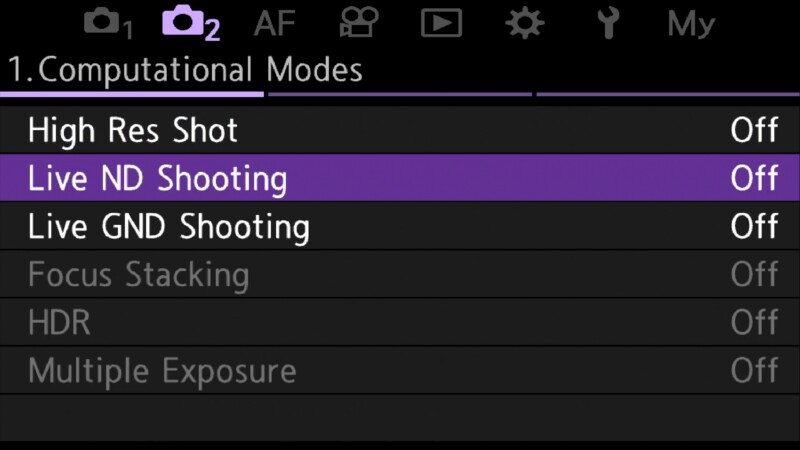OM System Says It Prioritizes Computational Features Over Megapixels
![]()
The biggest benefit of Micro Four Thirds is size: cameras and lenses can be significantly smaller than APS-C or full-frame options. One perceived downside, however, is lower resolution. OM System says it could look into higher-resolution sensors but wouldn’t select them if it meant sacrificing computational performance.
Speaking to PetaPixel during the CP+ show in Yokohama, Japan in February, OM System says that it uses the 20-megapixel sensor found in the OM-1 and OM-3 because it offers the most balance between speed and resolution.
“We believe that our sensor leads in high-speed performance, minimizing rolling shutter effects when using the electronic shutter and enabling seamless application of computational photography functions in real time. While this balance of speed and functionality meets today’s needs, we remain committed to exploring new sensor technology including higher pixel counts,” Kazuhiro Togashi, Vice President of Brand Strategy and Product Planning at OM System, says.
“Computational photography features are not intended to compensate for pixel count, but together they serve complementary roles, empowering users to truly realize their creative vision using the camera.”

In digital photography, it can be a challenge to market what OM System is offering versus the competition. Even though megapixels are not as important as marketing makes them seem, it’s an easy-to-understand number that does sell cameras. OM System says it understands this is the situation and is doing its best to show the value proposition its cameras offer.
“This is our big challenge. Average users basically believe that bigger is better. So we have to continue to appeal our strong points to the market,” Hiroki Koyama, Director of Product Planning at OM System, says.

OM System appears, at least at this point, unwilling to sacrifice its competitive advantages — the Live ND, in-camera high-resolution multi-shot, etc. — in order to give a base increase to its sensor’s resolution. If it were to increase resolution, it would have to also make sure that its computational features remain intact and perform as expected.
“In the current situation, if we increase the megapixels, we need our engine to be much stronger and much quicker to keep up with the computational photography functions. If our speed of processing is too slow, it won’t satisfy users expectations. So we would have to develop a new engine along with a new sensor,” Togashi says.
“It’s hard, but it’s a good challenge.”
Image credits: Header image via OM System